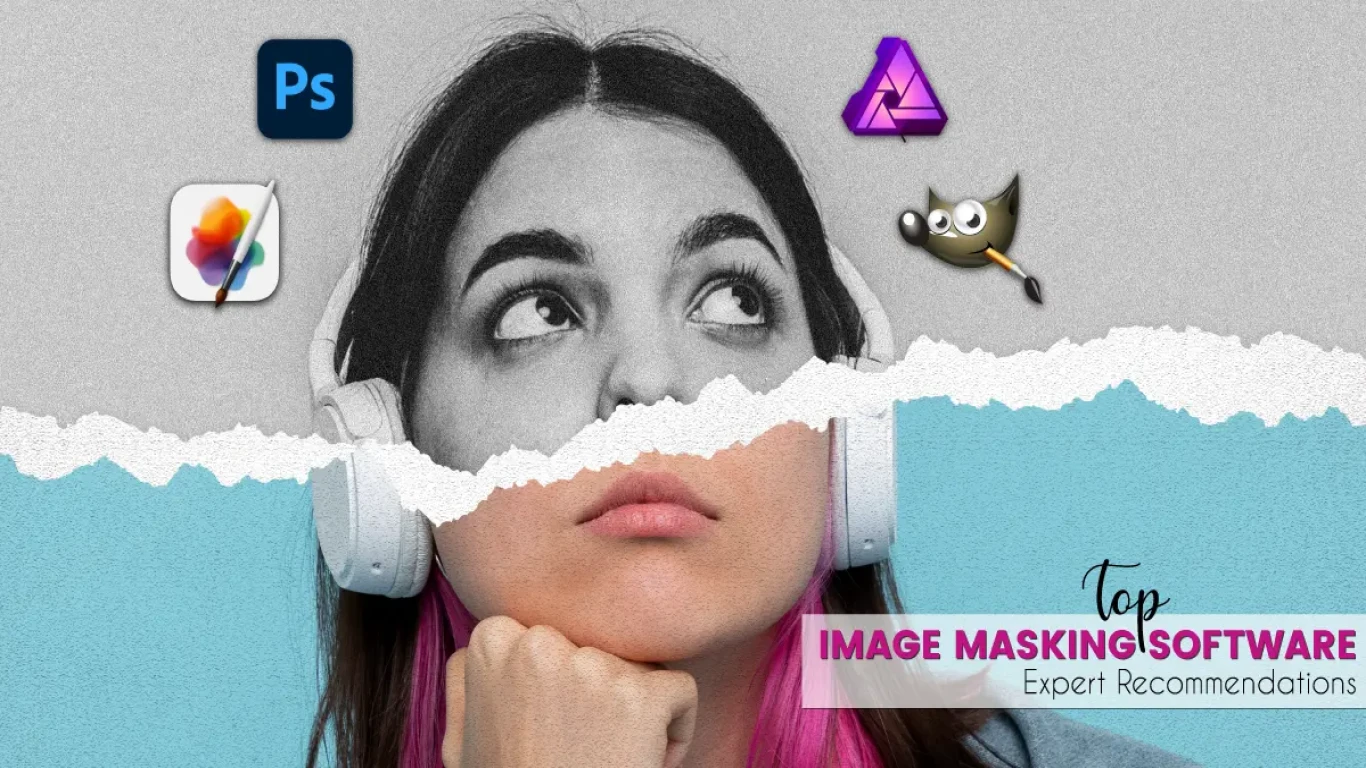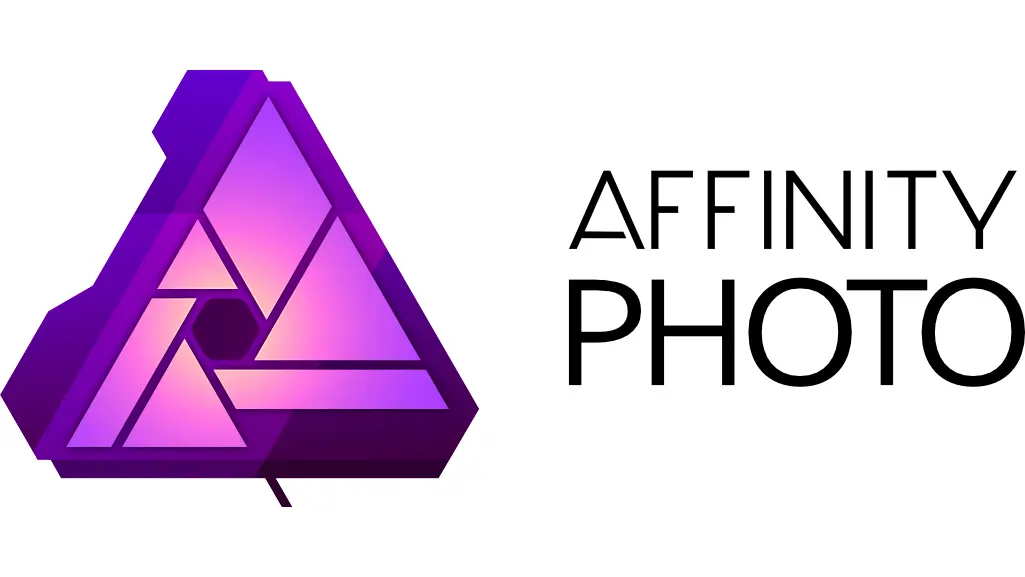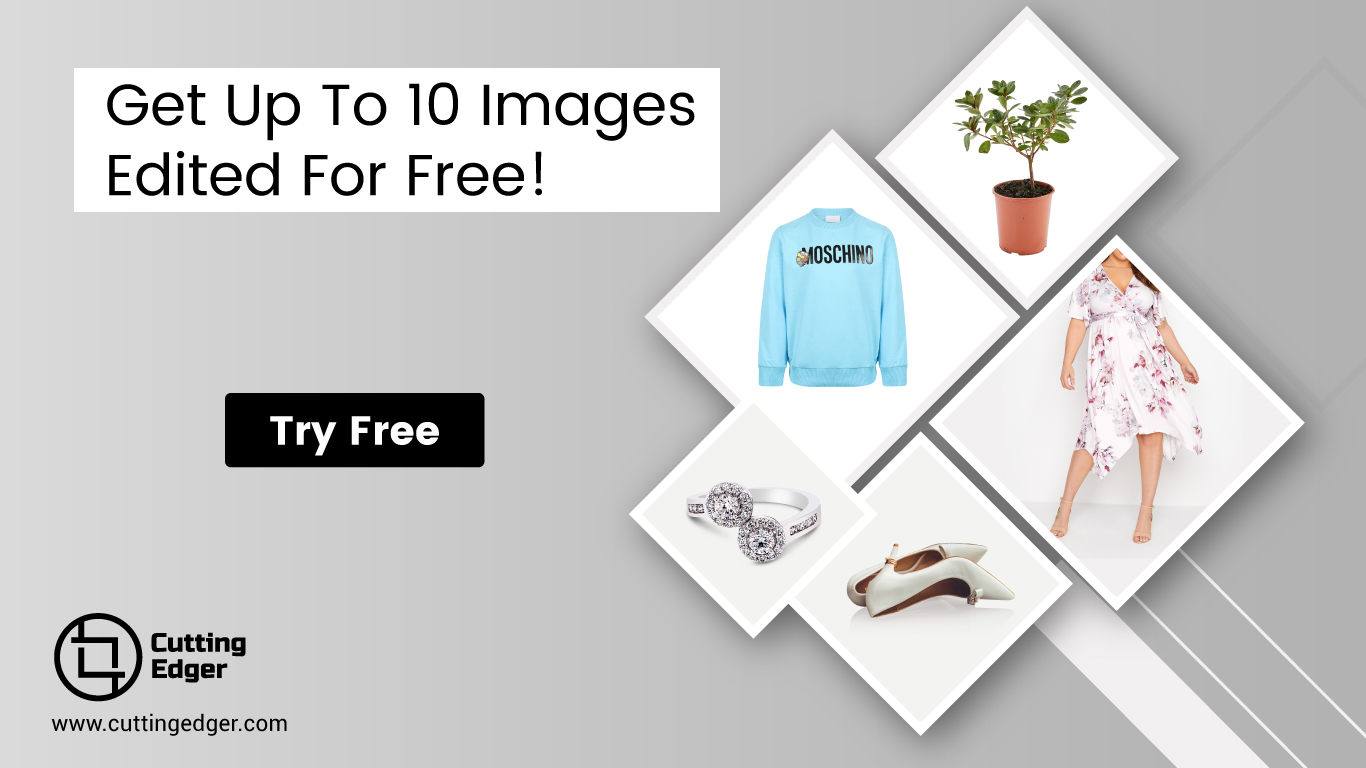Top 4 Image Masking Software: Expert Recommendations
by Delwar Hussain / Last Update: September 18, 2023
In today’s digital age, visuals play a significant role in various industries, from photography and graphic design to e-commerce and advertising. High-quality images are crucial for capturing attention, conveying messages, and enhancing brand identity. Image masking, a technique used to isolate specific parts of an image, is a vital process in achieving seamless and professional-looking visuals.
When it comes to image masking, having the right software can make a world of difference. Top image masking software offers advanced tools and features that enable precise and accurate masking, saving time and effort for professionals and enthusiasts alike. In this comprehensive article, we will explore the expert recommendations for the top image masking software available today.
Whether you are a professional graphic designer, a photographer looking to enhance your images, or a marketer seeking to create captivating visuals, this article will provide valuable insights and guidance to help you make an informed decision. We will delve into the key criteria for evaluating image masking software, examine the top recommendations from experts, compare their features and functionalities, and showcase successful case studies.
By the end of this article, you will have a comprehensive understanding of the top image masking software options and be equipped to choose the one that best suits your specific needs. Let’s dive into the world of image masking software and discover the powerful tools that can elevate your visual creations to new heights.
Understanding Image Masking
Before delving into the top image masking software recommendations, it’s essential to understand what image masking is and the various techniques involved. Image masking is a process that allows the isolation of specific areas or objects within an image while maintaining smooth edges and transparency.
Image masking techniques are particularly useful when dealing with complex subjects, such as hair, fur, or intricate objects with fine details. Let’s explore some common image masking techniques:
Layer Masking: Layer masking involves creating a mask on a specific layer in an image editing software. By painting or erasing areas on the mask, you can reveal or hide portions of the underlying layer, providing precise control over which areas are visible or transparent.
Clipping Masking: Clipping masking is often used in conjunction with layer masking. It involves using the content of one layer to define the transparency of another layer. This technique is useful when you want an image to be visible only within a specific shape or boundary.
Alpha Channel Masking: Alpha channel masking involves creating a grayscale mask based on the image’s transparency information. The mask is then applied to the image, determining which areas are opaque, translucent, or transparent. This technique is commonly used for complex subjects like hair or fur, where preserving fine details and soft edges is crucial.
Color-based Masking: Color-based masking involves selecting areas based on their color values. This technique is useful when you want to isolate objects or areas with distinct colors, such as a specific product in an e-commerce photo.
By employing these different masking techniques, professionals can achieve precise selections and isolate objects seamlessly, enabling them to perform advanced edits, apply effects, or place subjects onto new backgrounds.
Now that we have a better understanding of image masking techniques, let’s move on to the next section where we will explore the criteria for evaluating image masking software.
Criteria for Evaluating Image Masking Software
When considering image masking software options, it’s important to assess them based on several key criteria. These criteria will help you determine which software best meets your specific requirements and provides the necessary tools for efficient and accurate image masking. Here are the crucial factors to consider:
Quality of Mask Output: The primary goal of image masking is to achieve precise and clean selections. Evaluate the software’s ability to produce high-quality mask output with smooth edges and accurate transparency.
Accuracy and Precision: Look for software that offers precise control over the masking process. It should allow you to make fine adjustments, handle intricate details, and maintain the integrity of the masked areas.
Ease of Use and User Interface: Consider the software’s user-friendliness and intuitive interface. A well-designed user interface streamlines the masking workflow and ensures a smooth editing experience.
Compatibility with Different File Formats: Check if the software supports a wide range of file formats commonly used in your workflow, such as JPEG, PNG, TIFF, or RAW formats. Compatibility ensures that you can work with your existing image library seamlessly.
By evaluating software based on these criteria, you can identify the image masking tools that align with your specific needs and requirements. Now, let’s move on to the core of this article, where we will explore the expert recommendations for the top image masking software available today.
Expert Recommendations: Top 4 Image Masking Software
After careful evaluation and analysis, we have identified four top image masking software options that have garnered recognition from industry experts and professionals. Let’s take a closer look at each of these software solutions:
Adobe Photoshop
![]()
As a leading software in the field of image editing, Adobe Photoshop offers powerful and versatile masking capabilities. It provides a range of tools like layer masking, quick selection, refine edge, and more, allowing users to achieve precise and intricate masks. Photoshop’s extensive feature set, including advanced brush controls and layer blending options, makes it a popular choice among professionals. Learn more from their official Website.
GIMP
![]()
GIMP (GNU Image Manipulation Program) is a free and open-source image editing software that offers robust masking functionalities. While it may not have the same level of polish and refinement as commercial software like Photoshop, GIMP provides powerful tools like layer masks, alpha channel masks, and color selection tools. It is a popular choice for those seeking a cost-effective solution without compromising on functionality. Learn more from their Official Website.
Affinity Photo

Affinity Photo is a feature-rich image editing software that includes comprehensive masking tools. It offers layer masks, adjustment layers, and a refined selection refinement process, enabling users to create intricate and accurate masks. Affinity Photo’s intuitive interface and excellent performance make it a strong contender for professionals looking for a powerful alternative to traditional industry software. Learn more from their official website.
Pixelmator Pro
![]()
Pixelmator Pro is a user-friendly and affordable image editing software available exclusively for macOS. While it may not have the same extensive feature set as some other software options, it provides essential masking tools like layer masks and clipping masks. Pixelmator Pro’s clean and intuitive interface makes it a popular choice for beginners and those who prefer a more streamlined editing experience.
Each of these software options has its strengths and weaknesses, catering to different user preferences and requirements. In the next section, we will compare these image masking software options based on various criteria to help you make an informed decision. Learn more from their Official Website.
Comparison of The Top 4 Image Masking Software
To assist you in selecting the most suitable image masking software for your needs, we will now compare the top recommendations based on various criteria. Evaluating these software options across different aspects will provide insights into their strengths and help you make an informed decision. Let’s explore the key factors for comparison:
|
Criteria |
Adobe Photoshop |
GIMP |
Affinity Photo |
Pixelmator Pro |
|
Masking Tools and Techniques |
Layer masking, quick selection, refine edge, advanced brush controls, layer blending options |
Layer masks, alpha channel masks, color selection tools |
Layer masks, adjustment layers, selection refinement process |
Layer masks, clipping masks |
|
User Interface and Ease of Use |
Well-designed and intuitive interface, suitable for professionals |
Functional interface, may have a learning curve for beginners |
Intuitive interface with excellent performance |
User-friendly interface, streamlined editing experience |
|
Performance and Speed |
High performance, optimized for complex tasks |
Reliable performance, may have limitations in handling extensive editing tasks |
Efficient performance, suitable for professional use |
Smooth performance, optimized for macOS |
|
Compatibility and File Format Support |
Widely compatible with different operating systems, supports various file formats |
Compatible with multiple platforms, offers support for common file formats |
Compatible with multiple platforms, provides support for popular file formats |
Exclusive to macOS, supports common file formats |
|
Additional Features and Integration |
Rich feature set, extensive editing capabilities, seamless integration with other Adobe applications |
Offers essential image editing tools, may have limitations in advanced features |
Comprehensive editing tools, integration with other Affinity applications |
Focuses on essential editing tools, straightforward editing experience |
By comparing these factors, you can determine which image masking software aligns best with your requirements and workflow. In the subsequent sections, we will showcase successful case studies that demonstrate the effective use of image masking software in real-world projects.
Conclusion
Choosing the right image masking software is crucial for professionals and enthusiasts who rely on precise and accurate selections in their visual projects. In this comprehensive article, we explored the world of image masking software, starting with an understanding of different masking techniques. We then discussed the key criteria for evaluating software options, focusing on quality of mask output, accuracy and precision, ease of use, and compatibility with different file formats.
Based on expert recommendations, we delved into the top image masking software options: Adobe Photoshop, GIMP, Affinity Photo, and Pixelmator Pro. We compared these software solutions across various factors, including masking tools, user interface, performance, compatibility, and additional features. The comparison provided insights into their unique strengths and functionalities, enabling you to make an informed decision based on your specific requirements.
In conclusion, image masking software plays a crucial role in achieving seamless and professional visuals. By selecting the right software, you can streamline your workflow, enhance your editing capabilities, and bring your creative vision to life. Whether you choose Adobe Photoshop for its extensive features, GIMP for its cost-effectiveness, Affinity Photo for its performance, or Pixelmator Pro for its user-friendly experience, each software option has its merits and can significantly contribute to your image masking endeavors.
Now armed with the knowledge of the top image masking software options and their capabilities, you can confidently embark on your visual projects, knowing that you have the right tools at your disposal. Take the time to explore and experiment with different software options, and let your creativity soar as you unlock the full potential of image masking.
Article by
Delwar Hussain
Image Processing Expert, Photography Enthusiast, Blogger, COO at Cutting Edger
Over 18 years of experience in Graphic Design, Image Editing, 3D Modeling/Rendering and Digital Products, I have got opportunity to work with different local and multi-national companies, among of them GraphicPeople, Modern Herbal Group and British Broad Casting (BBC) can be highlighted. During my career I have worked with Coca-Cola, Turkish Airlines, Singapore British American Tobacco, Dell, Pfizer Pharmaceuticals, Indeed.com, International Hotel Group (IHG), Santander Bank, Quad Inc. Adidas, Nike, Dove etc. Having 18 years of experience and being a Co-Founder and COO of Cutting Edger is providing Post Production Image Editing, 3D Modeling and Rendering, Desktop Publishing and Digital Products like Web Design and Development, Software Development, etc.

